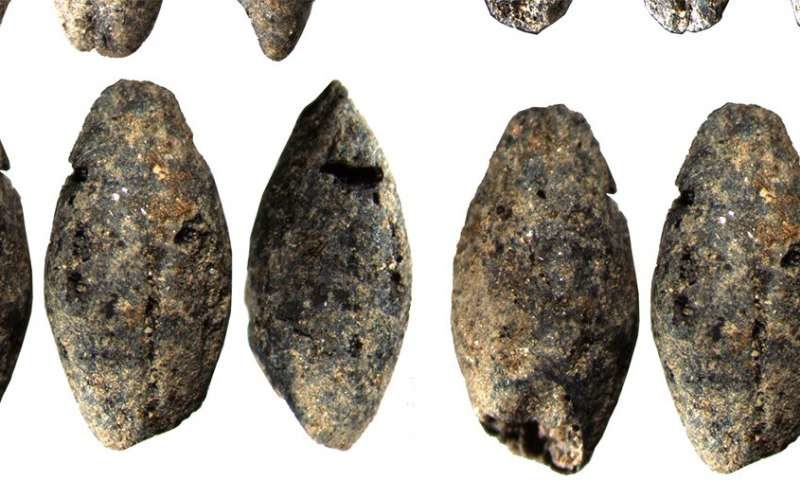OF THE
TIMES




Nearly 5000 years ago, a 20-year-old woman was buried in a tomb in Sweden, one of Europe's early farmers dead in her prime. Now, researchers have discovered what killed her-Yersinia pestis, the bacterium that causes plague. The sample is one of the oldest ever found [...] This newly discovered strain of plague could have caused the collapse of large Stone Age settlements across Europe in what might be the world's first pandemicSee also:
[...]
They found Y. pestis sequences in the teeth of the 20-year-old woman, who was buried in the Frälsegården grave in western Sweden, and in the teeth of another person buried in the same grave, they report today in Cell. Both were farmers from Scandinavia's Funnel Beaker culture, and neither had any trace of Yamnaya ancestry-meaning a form of plague was present in Europe before the steppe migrants arrived. That the bacterium was preserved in their teeth means it was circulating in their blood and very likely killed them, Rasmussen says.
Comment: The British Empire - A Lesson In State Terrorism See also: